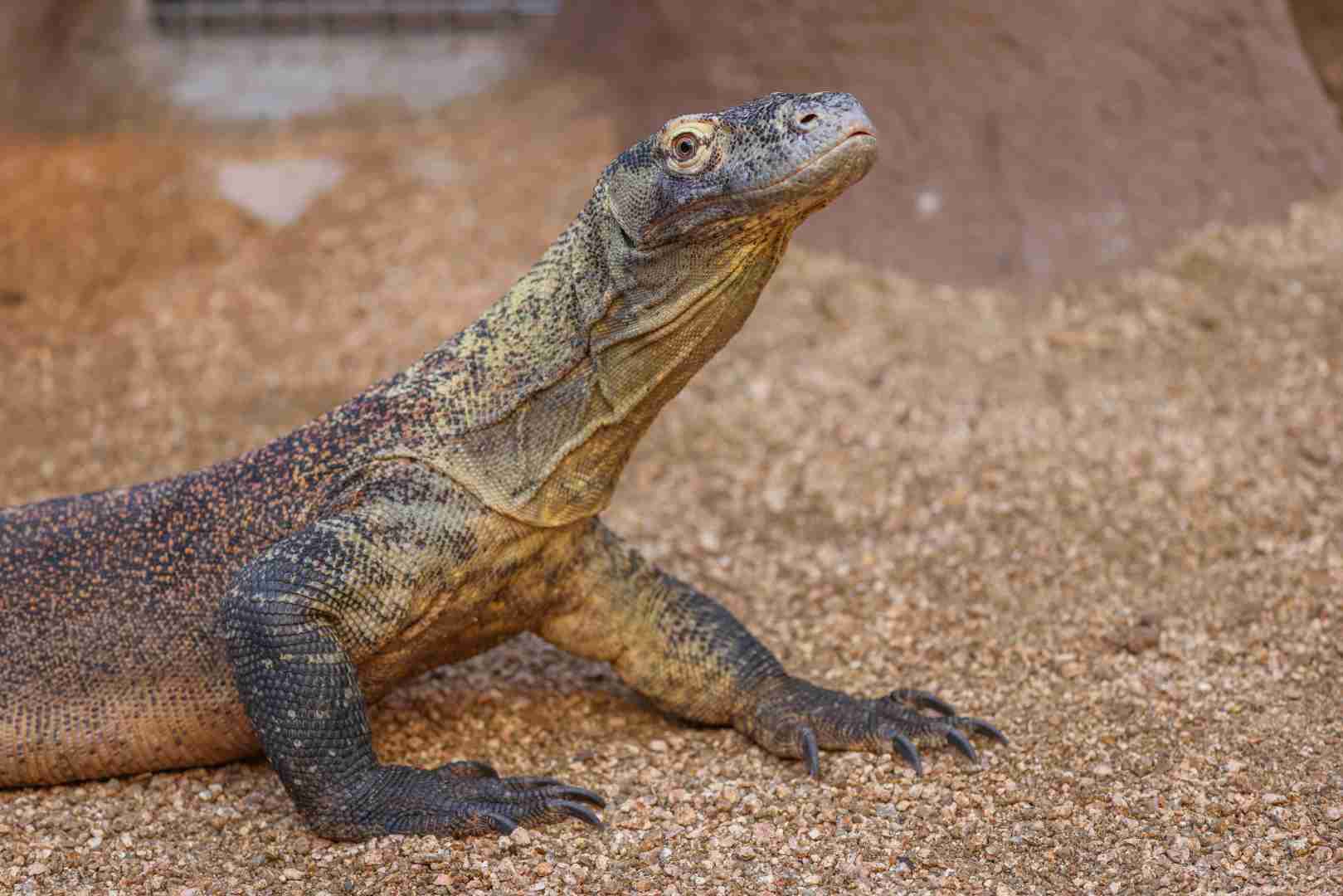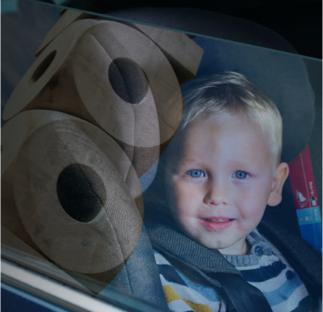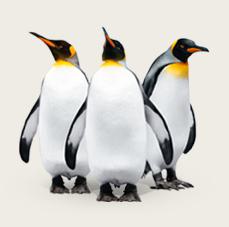Six-year-old male Komodo dragon Charlie is the first resident of the Saint Louis Zoo’s brand new Komodo dragon habitat at the Charles H. Hoessle Herpetarium. Charlie is the first of his species to live at the Zoo in more than 12 years.
The young Komodo dragon arrived at the Zoo on Sept. 20, 2025, from Bronx Zoo in New York, an Association of Zoos and Aquariums (AZA)-accredited institution. The Herpetarium underwent special renovations to prepare for his arrival, including the construction of a new solarium specially designed for the 6-foot-long reptile. Charlie is named after Saint Louis Zoo Director Emeritus Charles H. Hoessle, namesake of the Herpetarium.
As of Oct. 20, Charlie can now be seen daily during regular Zoo hours and during Boo at the Zoo presented by SSM Health Cardinal Glennon in the evenings through Oct. 30.
“Our team has been eagerly preparing for Charlie’s arrival, and we can’t wait for guests to discover all the things that make Komodo dragons one-of-a-kind,” said Justin Elden, Curator of Herpetology and Aquatics, Saint Louis Zoo. “It’s a privilege to have this unique and endangered species in our care.”

The Komodo solarium
Charlie is the sixth Komodo dragon to make a home at the Saint Louis Zoo. To prepare for his arrival, three existing reptile habitats at the Herpetarium were merged and redesigned according to evolving animal care standards. The new habitat is uniquely suited to Charlie’s growth and enrichment needs.
To protect the Herpetarium’s historic integrity, the Zoo used original steel framing to construct the new solarium. The glass enclosed room includes UV-transmissible ceiling panels which allow essential UVA and UVB light to pass through year-round — a vital source of warmth for cold-blooded Komodo dragons that cannot regulate their own body temperatures.
The solarium is equipped with five basking spots including heated rocks, UV lamps and other areas for Charlie to soak up the sun. These basking spots are regulated by automatic timers that switch warming elements on and off throughout the day, encouraging Charlie to move about his habitat and promote exercise. The solarium is modeled after a dry forest climate where Komodo dragons would naturally live in the wild.
Komodo dragons and Komodo conservation
Komodo dragons (Varanus komodoensis) are the largest species of lizard, weighing up to 300 pounds at full size. In the wild, they are found only on five islands in Indonesia and may grow as long as 10 feet. With powerful salivary proteins and sharp teeth, Komodo dragons are apex predators capable of taking down prey much larger than themselves.
The species typically lives a solitary life and has been known to display cannibalistic behaviors. Remarkably, female Komodo dragons can reproduce asexually through a process called parthenogenesis.
Although Komodos can live 20 to 30 years in human care, many in the wild never survive their first year. Habitat loss, poaching of their primary food source (deer) and the impacts of climate change have all contributed to their endangered status.
Charlie came to Saint Louis Zoo through coordinated efforts under the AZA Komodo Dragon Species Survival Plan (SSP), which works to ensure a healthy and genetically diverse population of Komodo dragons in the U.S. The Komodo Dragon SSP, along with initiatives such as Komodo National Park and strict Indonesian wildlife laws, are critical to safeguarding the future of this remarkable species.

